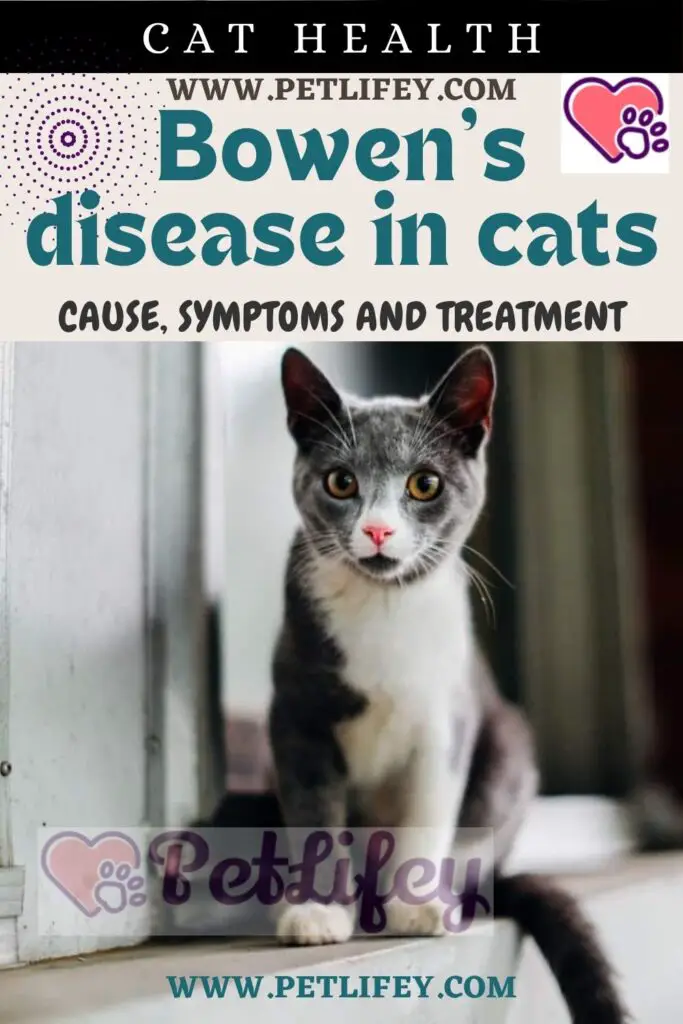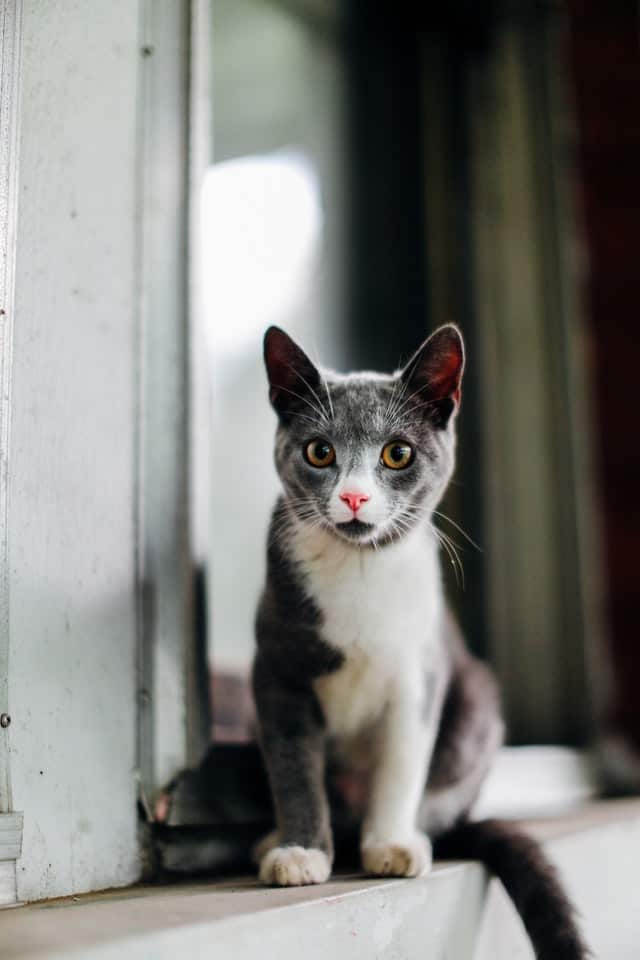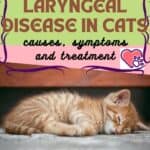
In this article we will discuss a fairly common tumor in cats, Bowen’s disease in cats. Let’s see the cause, symptoms and treatment.
The main risk element of Bowen’s disease in cats is represented by the light coat and the lack of hair in areas most exposed to the sun, especially the head of the feline. In fact, in a few cases this tumor is seen in black and Siamese cats.
The age of most subject to Bowen’s disease or also called squamous carcinoma is usually quite high, ie about 12 years. The fact remains that pre-neoplastic lesions also appear in younger cats. It begins as crusty, painless, slow-maturing lesions – most owners mistake them for simple cat scratches that don’t heal.
Cause of Bowen’s disease in cats
Bowen’s disease in cats or squamous cell carcinoma is a very common malignant tumor in felines and originates in epidermal keratinocytes. It usually occurs in excessively sun-exposed skin and is preceded by actinic keratosis or solar keratosis.
The areas that are most affected are: the ears, nose or eyelids. Consequently, those animals that spend many hours of the day in direct contact with the sun’s rays are more predisposed, especially in the summer season. But it is possible, even if it is relatively difficult, for a cat not exposed to the sun to suffer from this disease.
Symptoms of Bowen’s disease in cats
Let’s start by saying that not all wounds are synonymous with Bowen’s disease or squamous carcinoma, but if the wounds seem to get worse by the day it is very likely that they are.
Wounds that we will most notice in areas such as: ears, nose or eyelids. Especially in the ears, these wounds come to bleed. The main symptoms that will be noticed in particular are:
- skin ulcers;
- wounds that bleed;
- areas of the body that are pink and hairless;
- scabs on the body;
- reddened skin of the cat.
In the face of these symptoms, just listed, present on the cat’s body, it is important to act promptly, bringing the feline as soon as possible to a visit to the vet.
Unfortunately, this does not happen as the progression of the disease is often slow and this confuses the owner, thus allowing the pathology to progress, albeit slowly.
Diagnosis and treatment

Usually the vet visits the cat when the lesions are in an advanced stage, when practically the entire ear or nose of the cat is covered with crusty and bleeding lesions.
The diagnosis must exclude the possibility that there may be other diseases, such as: lupus, pyoderma, fungal or granulomatous diseases.
Once the pathology has been ascertained, in this case Bowen’s disease in cats, the veterinarian can proceed first with surgery and then chemotherapy or radiotherapy.
- The surgery on the cat’s ears consists of a conchectomy, while on the eyelids the surgery is more invasive as it is difficult to remove with margins and it is necessary to evaluate whether to apply plastic surgery techniques.
- Alternatively, photodynamics, a treatment possible only in the initial and pre-cancerous forms and in any case requires general anesthesia. Otherwise, it is possible to opt for the local infiltration of chemotherapeutic agents such as bleomycin and platinum compounds, always in total anesthesia of the animal.
- Radiotherapy also seems to work in not very serious lesions.
When the tumor is detected early and it affects the ears, the prognosis is favorable, as it can be successfully removed, achieving a full recovery. In cases where removal cannot be done entirely, the prognosis is considered on a case-by-case basis.
The advice of the experts is to keep the white cat in particular, at home away from the sun and whenever it is about to go out and expose itself to sunlight, it is appropriate to protect it with special creams for sale in specialized veterinary pharmacies, with the extreme care that the cat does not lick the product.






